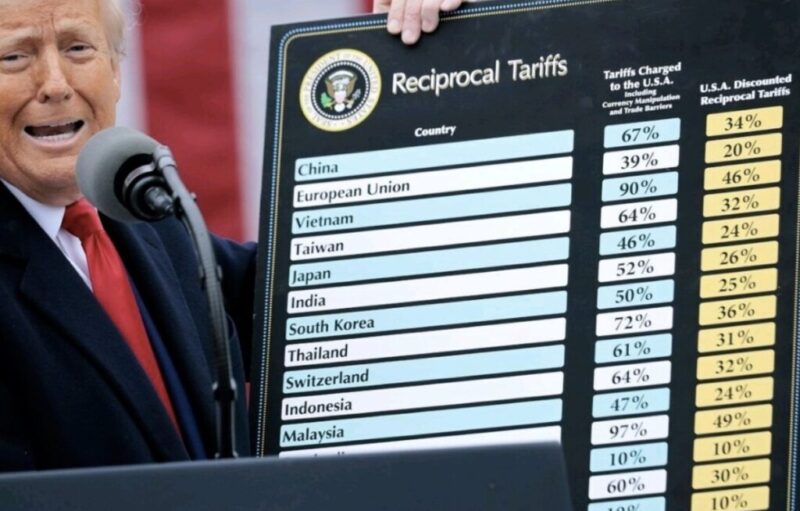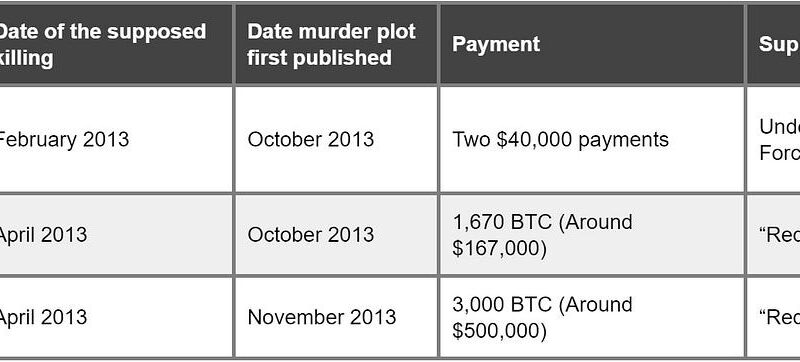Abstract: In this piece we look at the exchange-traded bitcoin products on offer in the market. Grayscale is the current clear leader, with over 550,000 bitcoin under management in its Bitcoin trust. We examine various issues with the Grayscale product, including the lack of redeemability and the fact that it trades at a large premium to its net asset value. We explore new offerings from VanEck, a product which we believe has some of the key characteristics necessary for success. We conclude by arguing that if Bitcoin continues with its strong positive price momentum, competitive offerings are likely to emerge from the main US ETF providers, which could eventually take Grayscale’s crown.

Grayscale Trusts
Grayscale’s Bitcoin Trust [GBTC US] is by far the most popular Bitcoin investment vehicle which is traded on mainstream securities exchanges. The product has been extremely successful, growing to over US$10.5 billion in assets as at December 2020, as Figure 1 below illustrates. This represents over 550,000 bitcoin or 2.6% of Bitcoin’s eventual total supply.
Figure 1 – Grayscale Bitcoin Trust – Total Assets (US$ m)
(Source: Bloomberg. Data as at 07 December 2020)
However, despite the product’s success, it has many significant issues and flaws. Perhaps the most significant characteristic of the product is its unusual asymmetric nature – units of the trust can be created, however there is currently no redemption mechanism. This means that there is currently no way for any investor in the trust, accredited or not, to redeem their units for Bitcoin. The trust is therefore essentially void of any real anchor.
The trust operates in one direction, certain investors can subscribe for units in the primary market and the trust then purchases Bitcoin, however, there is no redemption. Therefore the trust can continue to accumulate Bitcoin, but never has to sell any. Some conclude from this that the trust is positive for the Bitcoin price, in that it constantly takes the supply of bitcoin from the market, without ever selling.
As Figure 2 below illustrates, the trust often trades at a significant premium to its net asset value. Currently the premium is c23%, although it has traded as high as a 133% premium. The trust rarely trades at a discount and has an average premium of around 40% over the last 5 years.
Figure 2 – Grayscale Bitcoin Trust – Premium to net asset value
(Source: Bloomberg. Data as at 07 December 2020)
Explaining the premium can be challenging, especially given the lack of a redemption mechanism, which one would think would be a negative for price. The theory is that investors purchase the trust on the market as there are limited options available when trying to obtain Bitcoin exposure in one’s normal brokerage account. It is this lack of competition, particularly in the US market, which may be driving up the premium. Purchasing a traditional trust is far easier than buying real Bitcoin for most investors given the challenges involved in managing private keys. In particular institutional investors who are required to comply with various regulations may be unable to purchase Bitcoin directly, while they may be keen on exposure due to Bitcoin’s rapid price appreciation and they therefore purchase the trust at a large premium. One may ask why arbitrageurs cannot simply profit from this and narrow the spread. Accredited investors can create new units of the fund at the net asset value, however this process can take up to six months. Therefore, although investors are conducting arbitrage and closing the gap, clearly most of the time the trust still trades at a large premium.
The trust is not guaranteed to increase in assets forever. If the investor appetite for Bitcoin wanes, then the trust should start to trade at a discount to its net asset value. Although this will not cause the trust to sell Bitcoin immediately, the trust charges a large fee of two percent per annum and therefore the trust may sell down Bitcoin in order to pay its management fee.
In our view the current situation is not sustainable and the premium will decline, either driven by reduced demand for Bitcoin or increased competition from other exchange traded bitcoin products.
In addition to the bitcoin trust, Grayscale also has similarly structured trusts on a variety of other cryptocurrencies, as shown in the below table.
| Name | Ticker | Assets (US$m) | Premium/(discount) to NAV |
| Grayscale Bitcoin Trust | GBTC US | 10,569 | 23.0% |
| Grayscale Ethereum Trust | ETHE US | 1,671 | 141.0% |
| Grayscale Ethereum Classic Trust | ETCG US | 75.4 | 46.2% |
| Grayscale Litecoin Trust | LTCN US | 74.4 | 3,197.4% |
| Grayscale Bitcoin Cash Trust | BCHG US | 52.8 | 1,121.1% |
(Source: Bloomberg. Data as at 07 December 2020)
The premium to net asset value in the other trusts is even more extreme than Bitcoin. For instance the Ethereum trust trades at a 141% premium. As Figure 3 below shows, assuming our calculations are correct, the Litecoin trust trades as a premium to NAV of over 3,000%, reaching a peak of almost 6,000% in late November 2020. Quite why anyone would pay such outrageous premiums is unclear to us. At the same time volume is non-trivial, with average daily trading volume over the last six months reaching almost US$650,000.
Figure 3 – Grayscale Litecoin Trust – Premium to NAV
(Source: Bloomberg. Data as at 07 December 2020)
Competition from other exchange traded products
In our view, the above data indicates that investors are not well served by the Grayscale products. This is not necessarily Grayscale’s fault – they may have had limited choices with respect to how to structure their products due to regulatory considerations. In addition to Grayscale’s trust, there are also four alternative Bitcoin exchange-traded investment vehicles we have identified.
| Name | Replication | Fee | Primarylisting country | Assets (US$m) | Premium/(discount) to NAV |
| Bitcoin Tracker One (Coinshares) | COINXBE | 2.5% | Sweden | 802.5 | (0.3%) |
| Bitcoin Fund (3iQ) (Close ended) | QBTC | 1.95% | Canada | 314.5 | (6.4%) |
| Bitcoin ETP | BTCE | 2.0% | Germany | 185.7 | (1.1%) |
| 21Shares Bitcoin ETP | ABTC | 1.49% | Switzerland | 64.9 | 0.2% |
| Vaneck Vectors Bitcoin ETN | VBTC | 2.0% | Germany | 3.4 | (0.4%) |
(Source: Bloomberg. Data as at 07 December 2020)
As the above table shows some of the products above also have several issues. For instance the 3iQ Bitcoin fund is closed ended.
However, in our view two of the newer German listed products, the Bitcoin ETP and the VanEck Vectors Bitcoin ETN, which launched on 18 June 2020 and 25 November 2020 respectively, are stronger products. These exchange-traded products are physically replicated and open ended. At the same time, unlike Grayscale’s products, authorised participants can both create and redeem units, without any significant time delays. Although smaller in terms of the total assets, due to the superior structure of the products they trade at a price very close to their net asset values. In our view, these new exchange-traded products are therefore likely to gain considerable market share. In particular, given VanEck’s scale as a US$50 billion global investment management firm, despite its current small Bitcoin AuM of just US$3.4 million and its high two percent annual fee, the VanEck product has the potential to gain significant traction in the market. The only advantage Grayscale has over it, other than its first mover advantage, is the listing in the US.
Conclusion
While Grayscale’s current lead looks strong, given the inefficient nature of their products, we do not believe current market dynamics will continue for the long term. The VanEck product is a very interesting addition to the market and in our view this product is likely to gain significant traction.
If the Bitcoin price remains strong and the existing exchange traded product players continue to generate large profits from the Bitcoin products, we think it’s inevitable that industry behemoths like Blackrock and Vanguard eventually enter the game. In the same way PayPal’s eventual move into cryptocurrency appears to have been partly driven by strong earnings from Square, it seems plausible that Blackrock and Vanguard may be tempted in by Grayscale and potentially VanEck reporting strong earnings related to these products and their large two percent annual management fees. At this point the SEC and the US regulators may be willing to approve full ETFs and fees may come down towards the low levels experienced by ETFs in other sectors.
While the 2017 cryptocurrency bubble can be characterised as being predominantly driven by a retail mania in the Asia Pacific region, the 2020 bubble is increasingly looking like it is being driven, at least to some extent, by corporate America. If this trend continues, a regulated Bitcoin ETF by a major US provider feels like an economic inevitability. At this point, ensuring a large enough proportion of investors hold their own private keys may become even more challenging.
Related
The post appeared first on Blog BitMex






